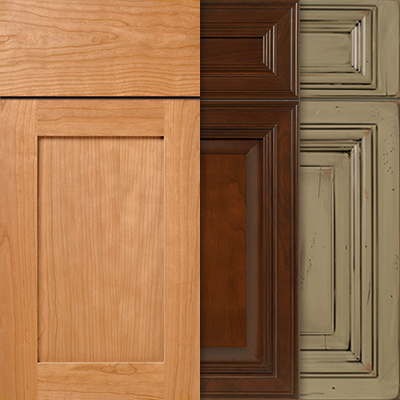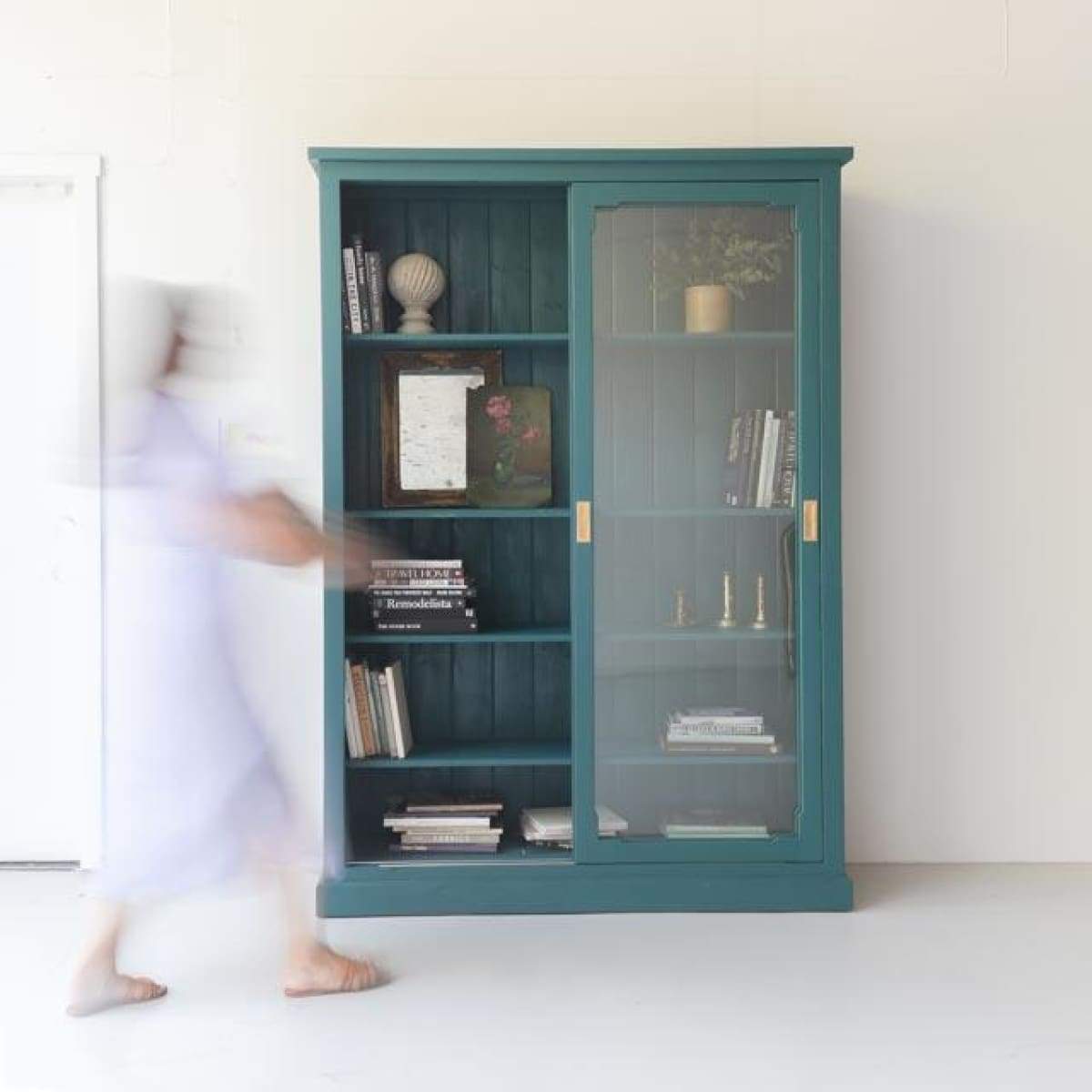All Categories
Featured
In home style, door placement often takes a backseat to larger architectural choices, yet it plays a critical role in forming exactly how a home operates and really feels. Appropriate door placing guarantees that rooms are reliable, cosmetically pleasing, and conducive to a comfortable lifestyle. Here's a comprehensive look at the scientific research behind door positioning and why it is worthy of more attention in the design process.
Doors are the portals that link one room to one more, and their positioning needs to facilitate smooth activity throughout the home.
Trick Considerations:
Rational Pathways: Position doors to line up with all-natural traffic patterns. As an example, a kitchen area door ought to provide straight accessibility to the dining area to streamline everyday regimens.
Reducing Barriers: Stay clear of putting doors where furnishings or architectural elements might block their swing or create bottlenecks.
Transitions: Use doorways to note changes between public and exclusive locations, such as corridors leading to bedrooms.
The positioning of doors can significantly impact exactly how light and air circulate within a home, adding to its general ambiance and energy effectiveness.
Placement Techniques:
Cross-Ventilation: Location doors other openings or opposite home windows to advertise airflow, particularly in cozy climates.
Sunshine Optimization: Consider the alignment of exterior doors to capture morning or mid-day light, lightening up interiors normally.
Glass Doors: Use doors with glass inserts to enable light to infiltrate, improving illumination in surrounding areas.
Calculated door placement is vital for preserving personal privacy in vital areas without compromising access.
Ideal Practices:
Bedrooms and Bathrooms: Placement these doors away from high-traffic areas like living spaces or kitchens to create a feeling of retreat.
Guest Locations: For homes with visitor collections, doors need to provide both easy gain access to and personal privacy for visitors.
Main Entryway: The front door ought to provide direct access to typical locations without revealing way too much of the home's inside.
Beyond functionality, doors play a substantial function in the aesthetic coherence of a space. Their placement and design should enhance the home's aesthetic allure.
Design Tips:
Proportion and Equilibrium: Line up doors symmetrically in common rooms like hallways to create a feeling of order.
Focal Factors: Usage grand entrance doors or distinct styles as visual highlights.
Consistency: Match door designs and finishes throughout the home for a cohesive appearance.
Door positioning can influence a home's power performance by regulating warmth circulation and insulation.
![]()
Energy-Saving Approaches:
Shielded Doors: Usage well-insulated exterior doors to decrease power loss.
Wind Security: Placement primary doors far from dominating wind directions or utilize vestibules to reduce drafts.
Zoning: Use doors to section off locations of the home for targeted heating or air conditioning.
![]()
In numerous societies, the positioning of doors carries symbolic definition and can impact just how a home is viewed.
Examples:
Feng Shui: In this practice, the front door's placement influences the circulation of "chi" or power, with guidelines highlighting visibility and balance.
![]()
Directional Placement: In Vastu Shastra, an old Indian design viewpoint, door alignment is thought to effect success and consistency.
Entrance Statements: Grand entrances or delicately created doors can indicate heat and hospitality.
Final Thoughts
Door placement is both an art and a scientific research. When intended appropriately, doors come to be more than simply entrance points; they form the whole living experience.
- Enhancing Spatial Flow
Doors are the portals that link one room to one more, and their positioning needs to facilitate smooth activity throughout the home.
Trick Considerations:
Rational Pathways: Position doors to line up with all-natural traffic patterns. As an example, a kitchen area door ought to provide straight accessibility to the dining area to streamline everyday regimens.
Reducing Barriers: Stay clear of putting doors where furnishings or architectural elements might block their swing or create bottlenecks.
Transitions: Use doorways to note changes between public and exclusive locations, such as corridors leading to bedrooms.
- Making The Most Of Natural Light and Ventilation
The positioning of doors can significantly impact exactly how light and air circulate within a home, adding to its general ambiance and energy effectiveness.
Placement Techniques:
Cross-Ventilation: Location doors other openings or opposite home windows to advertise airflow, particularly in cozy climates.
Sunshine Optimization: Consider the alignment of exterior doors to capture morning or mid-day light, lightening up interiors normally.
Glass Doors: Use doors with glass inserts to enable light to infiltrate, improving illumination in surrounding areas.
- Stabilizing Personal Privacy and Access
Calculated door placement is vital for preserving personal privacy in vital areas without compromising access.
Ideal Practices:
Bedrooms and Bathrooms: Placement these doors away from high-traffic areas like living spaces or kitchens to create a feeling of retreat.
Guest Locations: For homes with visitor collections, doors need to provide both easy gain access to and personal privacy for visitors.
Main Entryway: The front door ought to provide direct access to typical locations without revealing way too much of the home's inside.
- Visual Assimilation
Beyond functionality, doors play a substantial function in the aesthetic coherence of a space. Their placement and design should enhance the home's aesthetic allure.
Design Tips:
Proportion and Equilibrium: Line up doors symmetrically in common rooms like hallways to create a feeling of order.
Focal Factors: Usage grand entrance doors or distinct styles as visual highlights.
Consistency: Match door designs and finishes throughout the home for a cohesive appearance.
- Energy Performance Factors To Consider
Door positioning can influence a home's power performance by regulating warmth circulation and insulation.

Energy-Saving Approaches:
Shielded Doors: Usage well-insulated exterior doors to decrease power loss.
Wind Security: Placement primary doors far from dominating wind directions or utilize vestibules to reduce drafts.
Zoning: Use doors to section off locations of the home for targeted heating or air conditioning.

- Cultural and Symbolic Impacts
In numerous societies, the positioning of doors carries symbolic definition and can impact just how a home is viewed.
Examples:
Feng Shui: In this practice, the front door's placement influences the circulation of "chi" or power, with guidelines highlighting visibility and balance.

Directional Placement: In Vastu Shastra, an old Indian design viewpoint, door alignment is thought to effect success and consistency.
Entrance Statements: Grand entrances or delicately created doors can indicate heat and hospitality.
Final Thoughts
Door placement is both an art and a scientific research. When intended appropriately, doors come to be more than simply entrance points; they form the whole living experience.
Latest Posts
Meet Premier Eye Care Providers Close By at the Eye Center South
Published May 14, 25
1 min read
Join WyHy FCU – Financial Freedom for Your Success
Published May 14, 25
1 min read
Make Your Desire Fencing a Reality with Montana Fencing Financing
Published May 13, 25
1 min read